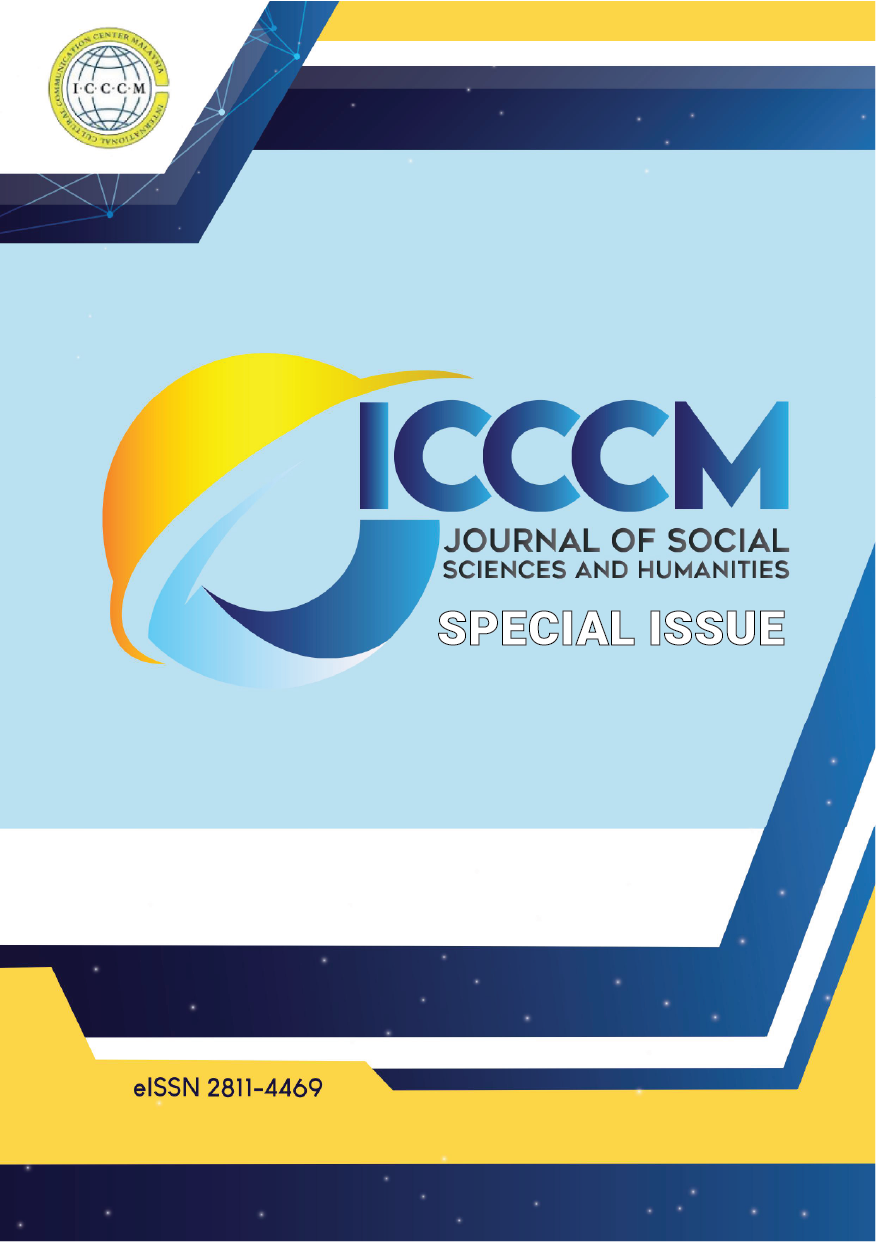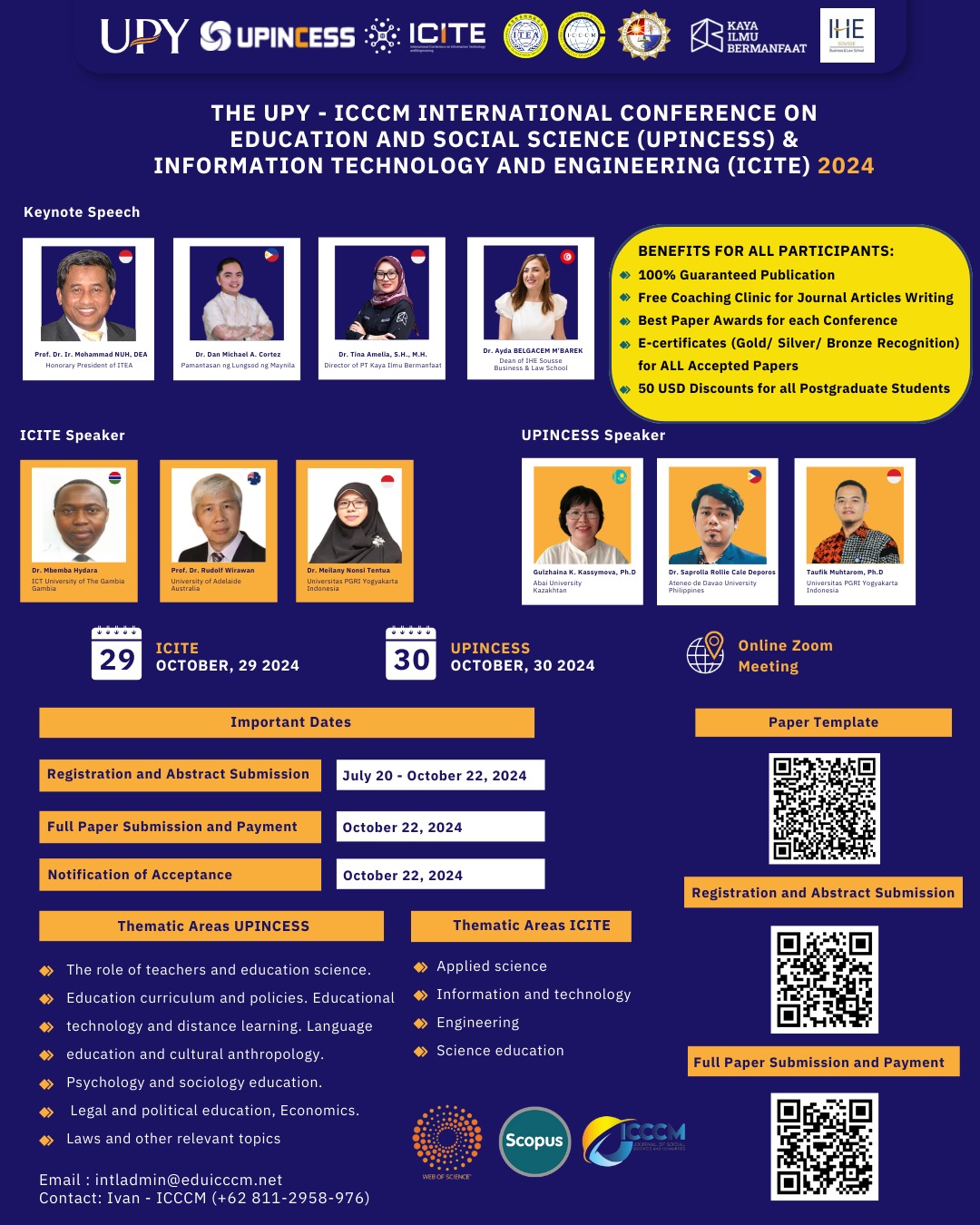The Effect of Full Day and Reguler Programs on Islamic Religious Education Learning Achievement in Students of Sdit Ar-Rasyid and SDN 6 Kampung Baru
DOI:
https://doi.org/10.53797/icccmjssh.v4.sp.23.2025Keywords:
Learning duration, full day school, school leadership, PAI learning achievementAbstract
This study explores the effect of Full Day School (FDS) and Reguler School models on learning achievement of Islamic Religious Education (PAI) in students of Integrated Islamic Elementary School and Public Elementary School. Using a comparative case study qualitative design in SDIT Ar-Rasyid (FDS) and SDN 6 Kampung Baru (Reguler School), data were collected through participatory observation, in-depth interviews, focus group discussions, and school documents. Data analysis used a reduction-display-verification framework (Guba & Lincoln & Guba, 1985) and triangulation of methods and sources to increase credibility. The results show that FDS provides longer duration for intensive learning, but without adequate time management and teaching strategies, it can lead to fatigue and decreased PAI motivation. In contrast, Reguler School forces teachers to optimize short teaching methods with concise modules, but time constraints limit the depth of cognitive understanding and worship practices. Supporting variables-instructional and transformational leadership, availability of religious facilities, and management of learning duration-acted as the main mediators affecting cognitive, affective, and psychomotor achievement outcomes. This study recommends strengthening the capacity of PAI teachers and improving religious facilities in FDS, as well as regulating remediation schedules and co-curricular activities in Reguler School, so that both models can optimize the learner profile of Pancasila. The findings offer insights into the need for adaptive strategies and policies that are more responsive to local contexts, and emphasize the importance of the quality of the learning experience beyond simply increasing duration.
Downloads
References
Anderson, S. E., & Dexter, S. (2005). School leadership and student achievement: An analysis of the differential effects of leadership types. Educational Administration Quarterly, 41(5), 755–781. https://doi.org/10.1177/0013161X05277975
Braun, V., & Clarke, V. (2006). Using thematic analysis in psychology. Qualitative research in psychology, 3(2), 77-101.
Creswell, J. W., & Poth, C. N. (2018). Qualitative inquiry & research design: Choosing among five approaches (4th ed.). London: Sage.
Darling-Hammond, L. (2010). Powerful learning: What we know about teaching for understanding. Jossey-Bass.
Dessy, R., Siti, N., & Zahra, S. F. (2022). The effect of time management, student creativity and learning motivation on student learning outcomes: Case studies on economics. Dinamika Pendidikan, 17(2), 177–190.
DiCicco‐Bloom, B., & Crabtree, B. F. (2006). The qualitative research interview. Medical Education, 40(4), 314–321. https://doi.org/10.1111/j.1365-2929.2006.02418.x
Eccles, J. S., & Wigfield, A. (2002). Motivational beliefs, values, and goals. Annual Review of Psychology, 53, 109–132. https://doi.org/10.1146/annurev.psych.53.100901.135153
Fullan, M. (2007). The new meaning of educational change (4th ed.). Teachers College Press.González-Gómez, F., Jeong, K. O., & Spector, J. M. (2018). Effects of full-day school schedules on student outcomes: A systematic review. Educational
Gronn, P. (2002). Distributed leadership as a unit of analysis. The Leadership Quarterly, 13(4), 423–451. https://doi.org/10.1016/S1048-9843(02)00120-0
Heru, M. J. A., Jatimi, A., Fiddaroini, F. N., & Syamsudin, A. (2020). Relationship between the Application of a Full Day School System and Stress Levels in Junior High School. Jurnal Ners, 14(3), 374–380. https://doi.org/10.20473/jn.v14i3.17217
Keller, J. M. (1987). Development and use of the ARCS model of instructional design. Journal of instructional development, 10(3), 2-10.
Krueger, R. A., & Casey, M. A. (2015). Focus group interviewing. Dalam J. S. Wholey, H. P. Hatry, & K. E. Newcomer (Eds.), Handbook of practical program evaluation (4th ed., pp. 506–534). Jossey-Bass.
Kusuma, A. D., Rachmah, D. N., & Dewi, R. S. (2018). Differences in Academic Stress among Full Day and Non-Full Day Students (Study at MAN Tanah Bumbu and MAN 3 Banjarmasin). Jurnal Kognisia, 1(1), 58–65.
Kvale, S., & Brinkmann, S. (2009). InterViews: Learning the craft of qualitative research interviewing (2nd ed.). SAGE Publications.
Leithwood, K., Harris, A., & Hopkins, D. (2008). Seven strong claims about successful school leadership. School Leadership & Management, 28(1), 27–42. https://doi.org/10.1080/13632430701800060
Leithwood, K., Jantzi, D., & Steinbach, R. (1999). Do school councils matter?. Educational policy, 13(4), 467-493.
Lincoln, Y. S., & Guba, E. G. (1985). Naturalistic inquiry. SAGE Publications.
Macan, T. H., Shahani, C., Dipboye, R. L., & Phillips, A. P. (1990). College students' time management: Correlations with academic performance and stress. Journal of educational psychology, 82(4), 760.
Miles, M. B., & Huberman, A. M. (2014). Qualitative Data Analysis: A Methods Sourcebook (3rd ed.). SAGE Publications.
Menristekdikti. (2018). Guidelines for research ethics within the Ministry of Research, Technology and Higher Education. Jakarta: Kementerian Riset, Teknologi, dan Pendidikan Tinggi.
Morgan, D. L. (1996). Focus groups. Annual review of sociology, 22(1), 129-152.
Nafilasari, H. I., & Darminto, E. (2020). Differences in burnout of students in Full Day School and Non Full Day secondary schools. Jurnal Bimbingan dan Konseling (BK) UNESA, 11(4), 1–8.
Nugroho, D., & Widodo, E. (2022). Learning duration and academic achievement: A literature review. International Journal of Educational Studies Q1, 15(2), 89–103. https://doi.org/10.1080/12345678.2022.015
Permag No. 35 Year 2019. on the Graduate Competency Standards for Islamic Education in Primary Schools. Ministry of Religious Affairs of the Republic of Indonesia.
Putra, A. P. (2019). Character development strategies through religious education in elementary schools. Jurnal Pendidikan Karakter Sinta 1, 6(1), 12–28.
Ryan, R. M., & Deci, E. L. (2000). Self-determination theory and the facilitation of intrinsic motivation, social development, and well-being. American Psychologist, 55(1), 68–78. https://doi.org/10.1037/0003-066X.55.1.68
Robinson, V. M. J., Lloyd, C. A., & Rowe, K. J. (2008). The impact of leadership on student outcomes: An analysis of the differential effects of leadership types. Educational Administration Quarterly, 44(5), 635–674. https://doi.org/10.1177/0013161X08321509
Safitri, R. (2021). Pancasila learner profile in PAI learning. Jurnal Pendidikan Agama Islam Q2, 12(4), 295–312.
Siregar, F., & Widiastuti, D. (2021). Inovasi Full Day School: Peluang dan tantangan. Jurnal Pendidikan Nasional Sinta 1, 9(2), 67–80.
Spillane, J. P., Parise, L. M., & Sherer, J. Z. (2011). Organizational routines as instances of policy: The school leader’s role in policy implementation. American Educational Research Journal, 48(3), 586–619. https://doi.org/10.3102/0002831211402662
Suyatno, S., & Wantini, W. (2018). Humanizing the Classroom: Praxis of Full Day School System in Indonesia. International Education Studies, 11(4), 115–122. https://doi.org/10.5539/ies.v11n4p115
Zimmerman, B. J. (2000). Self-efficacy: An essential motive to learn. Contemporary educational psychology, 25(1), 82-91.
Downloads
Published
How to Cite
Issue
Section
License
Copyright (c) 2025 Mariani, A. Gunawan, M. Yuliansyah

This work is licensed under a Creative Commons Attribution-NonCommercial-ShareAlike 4.0 International License.




